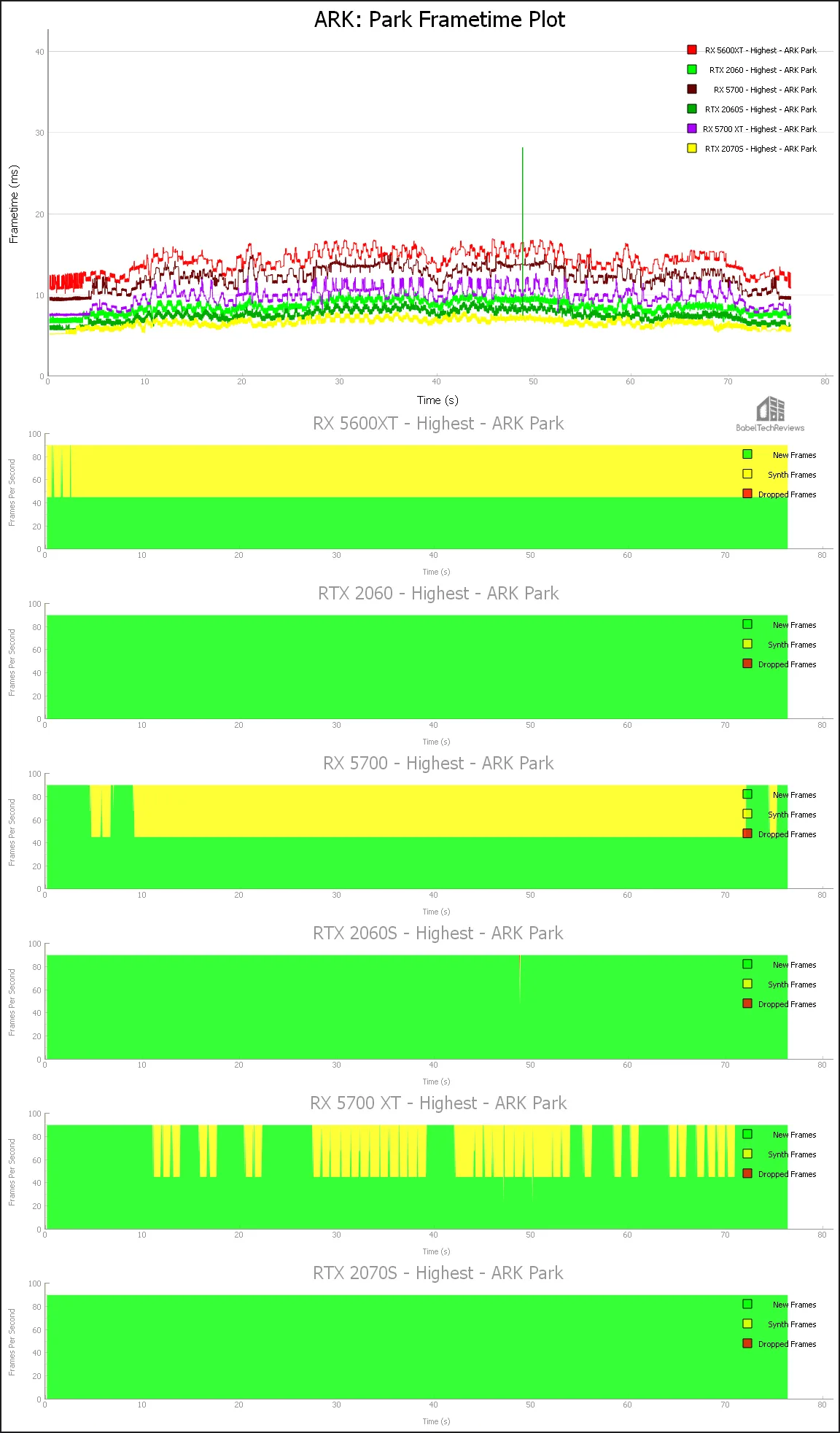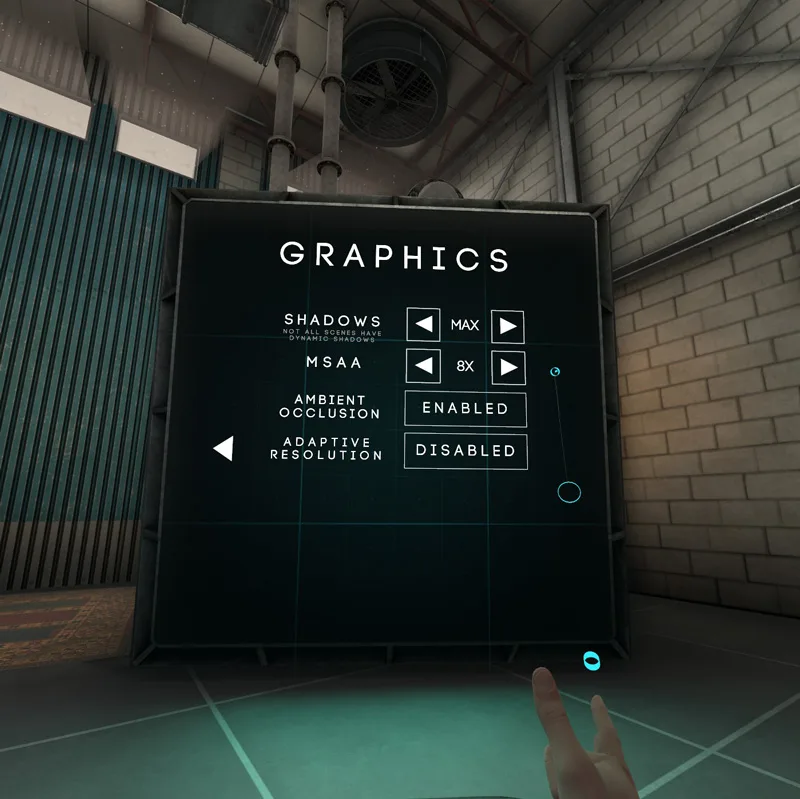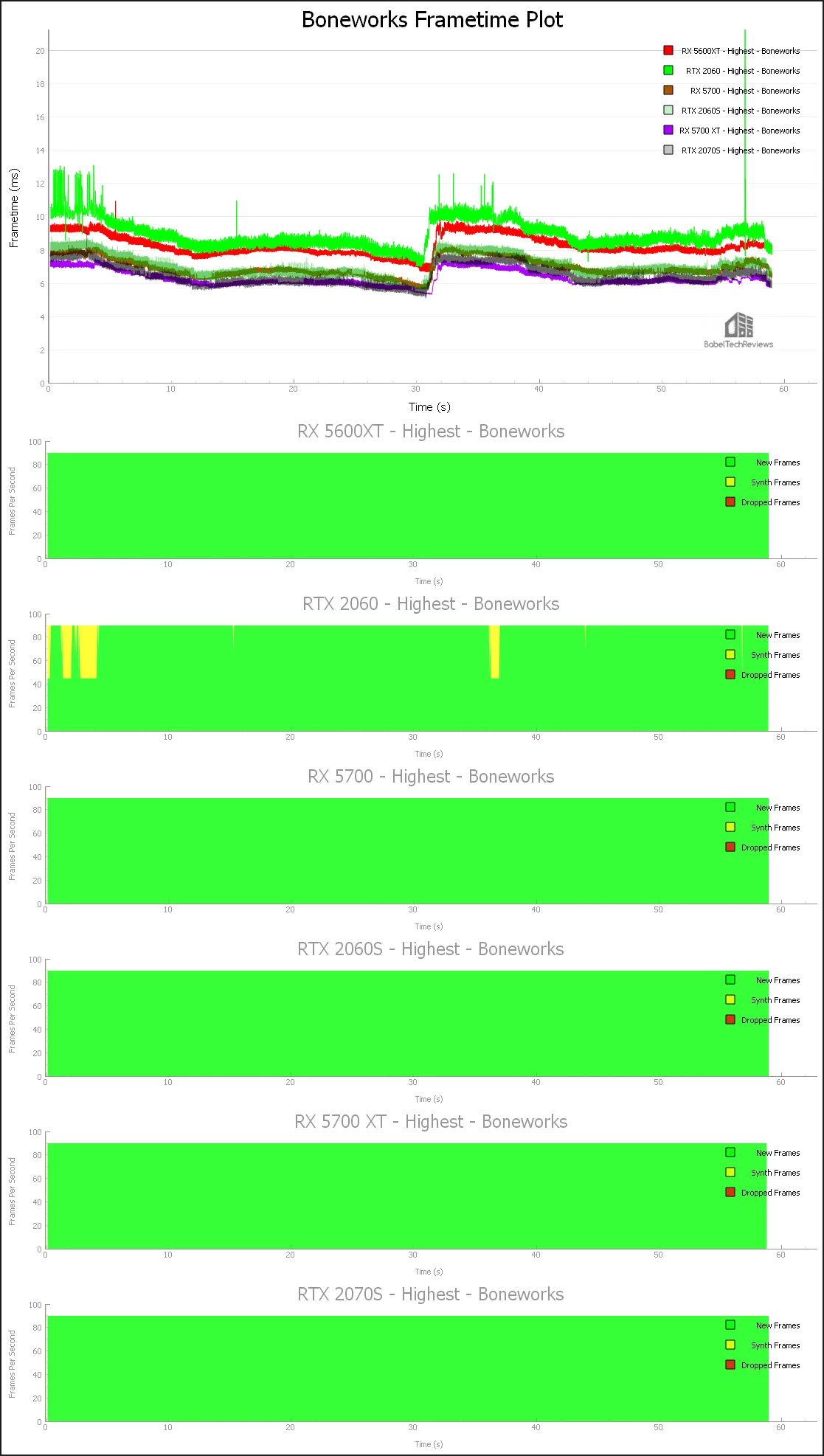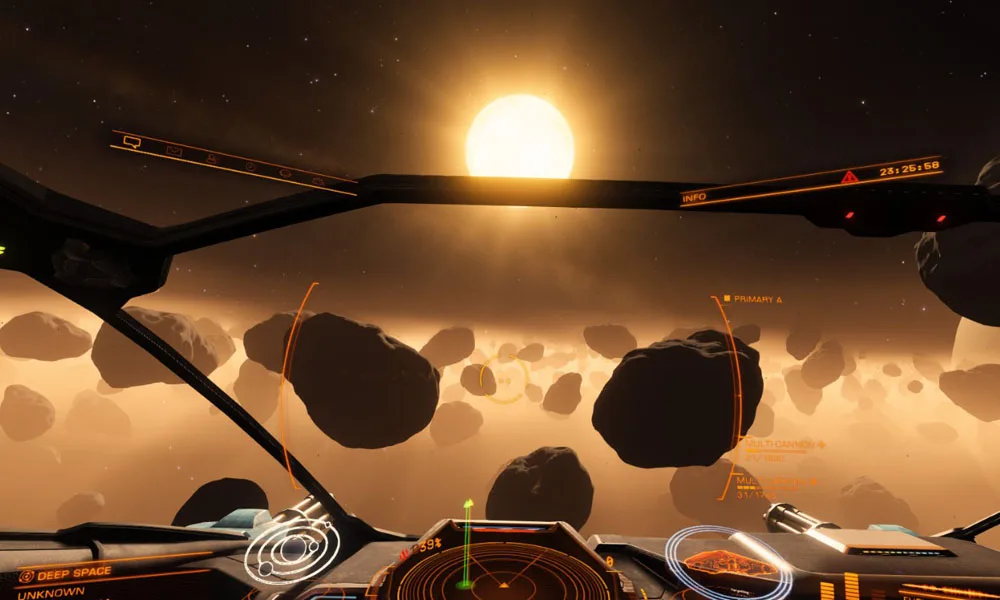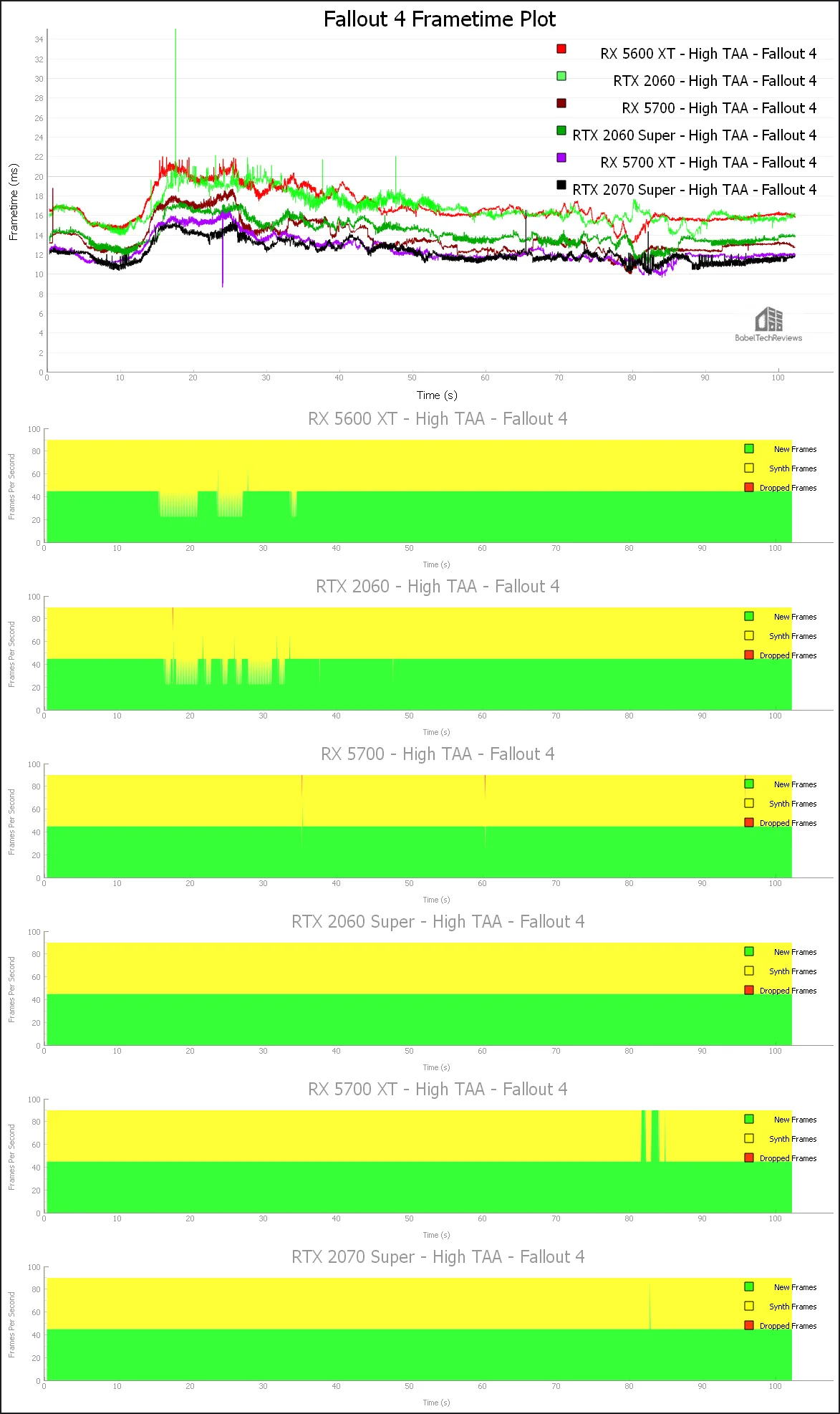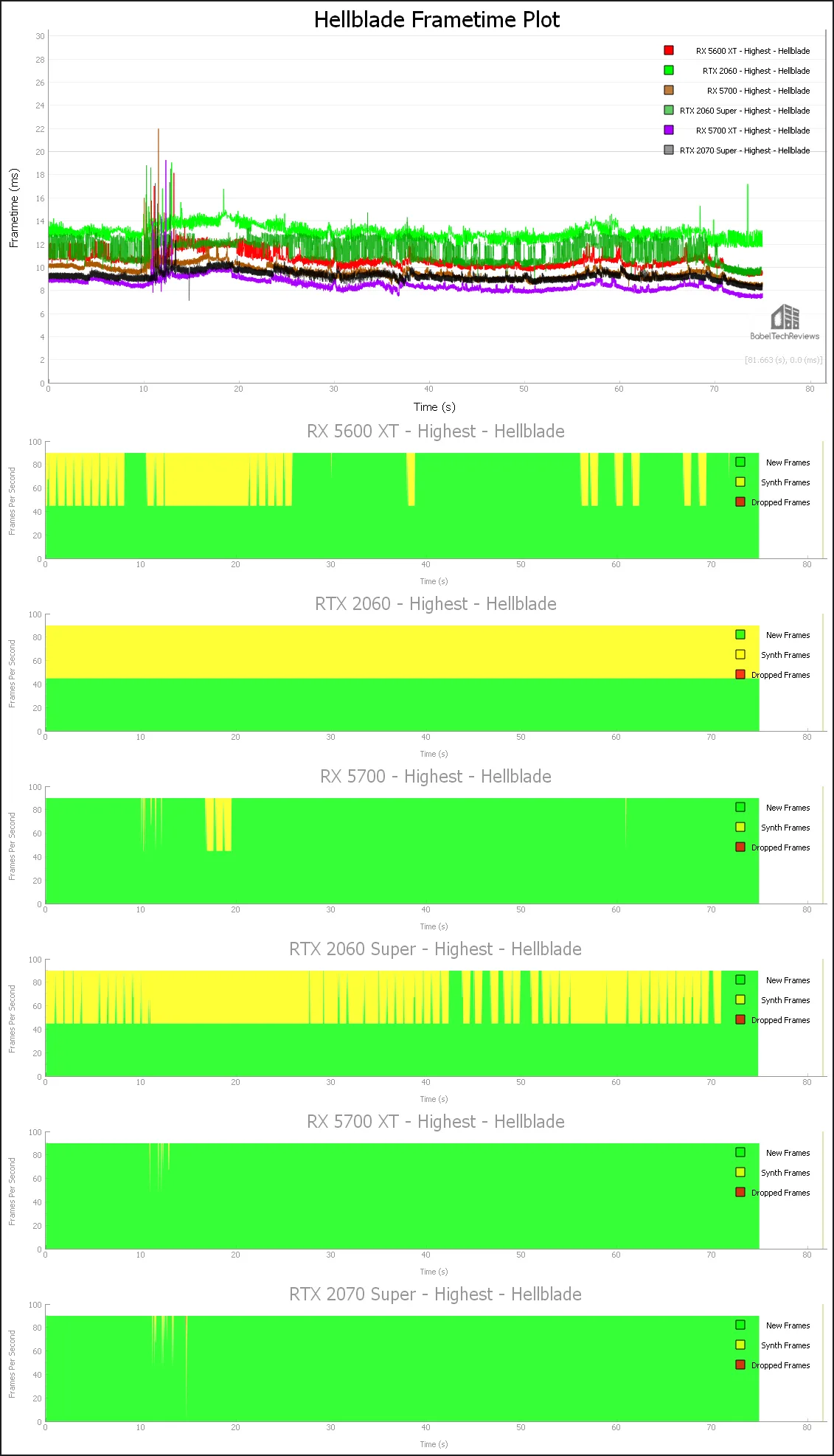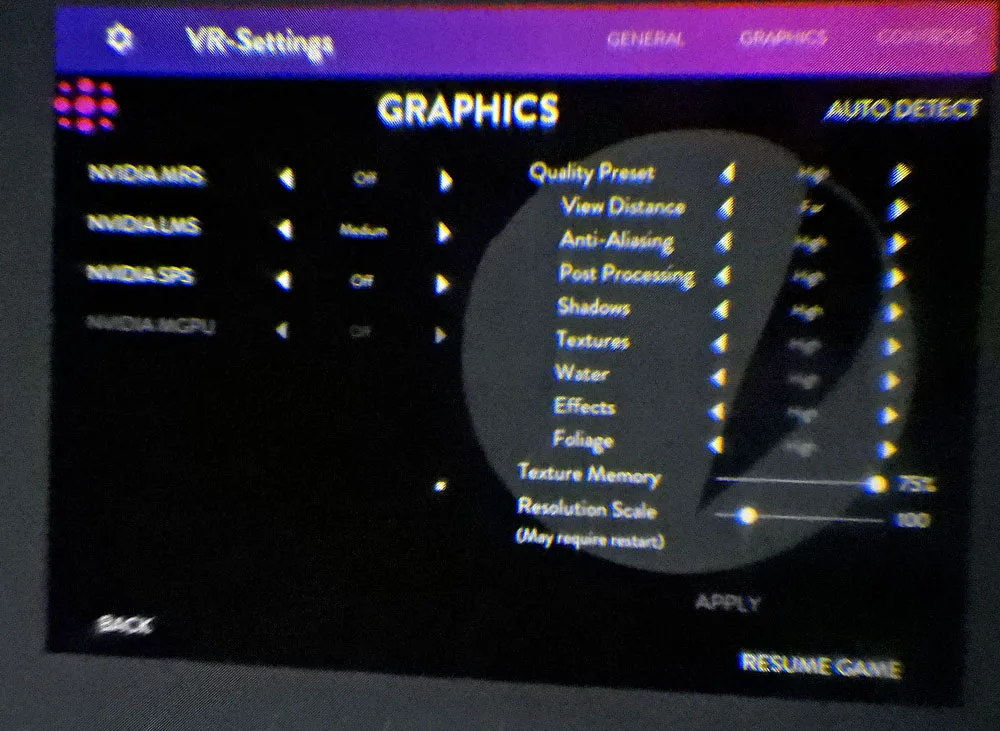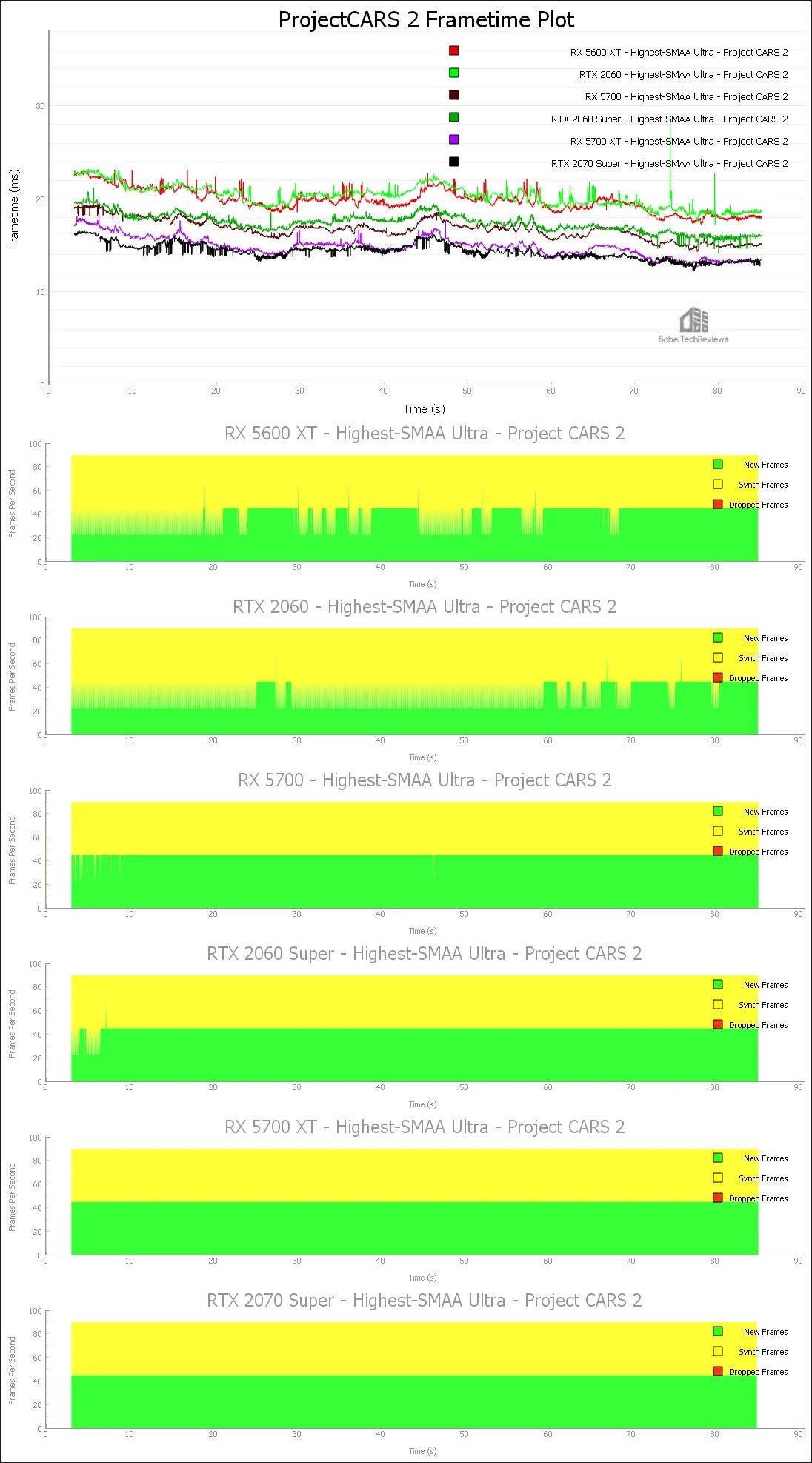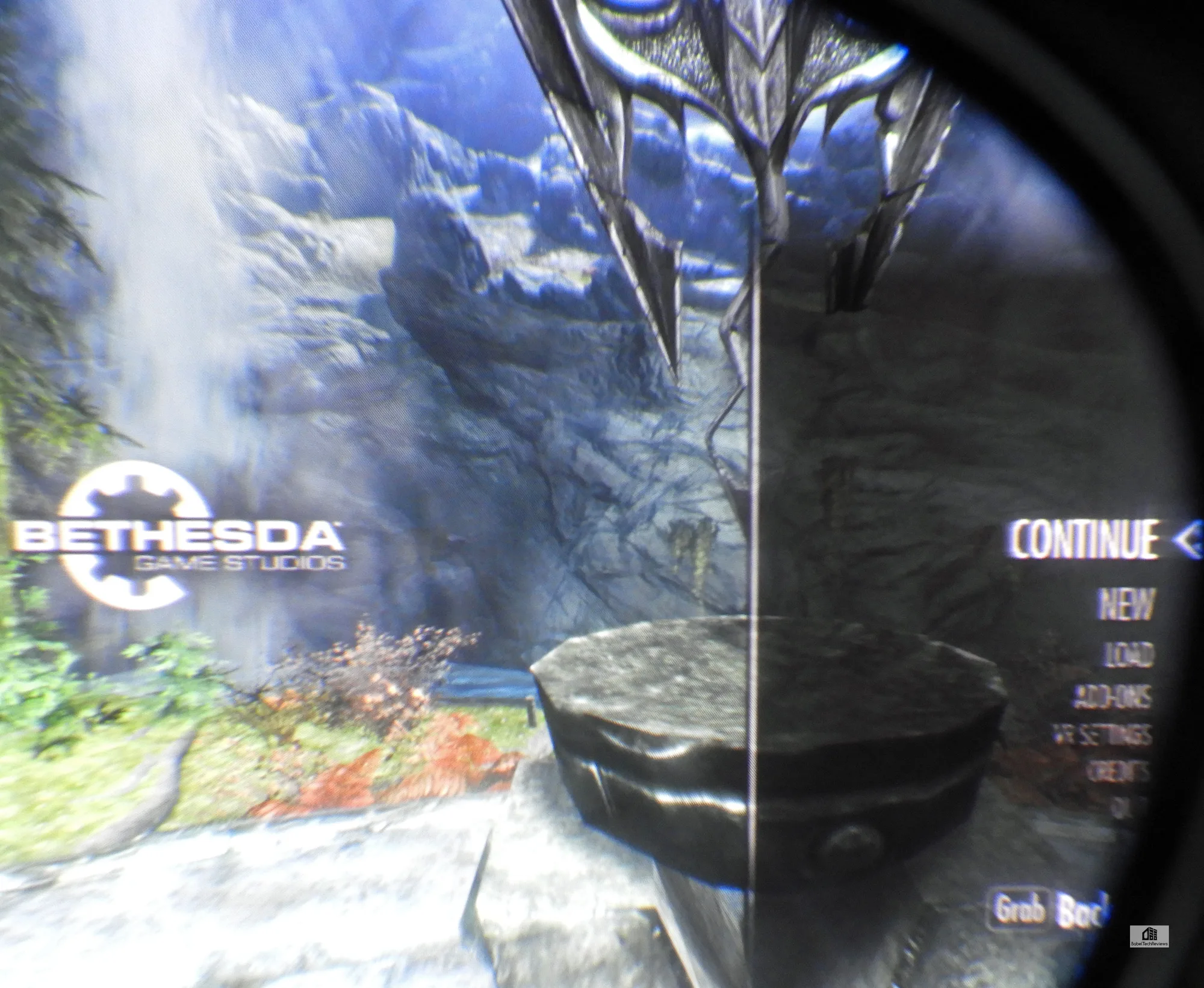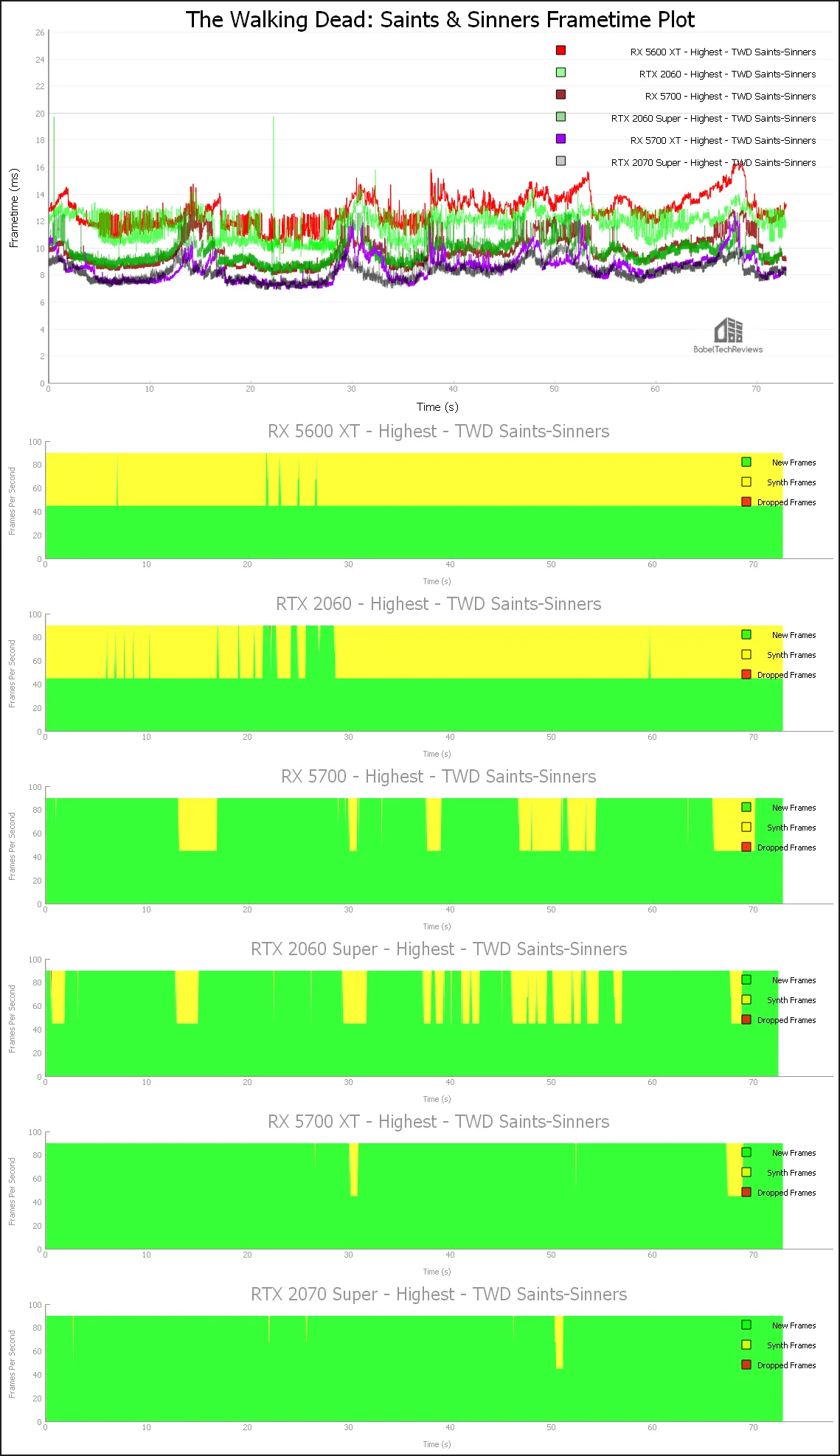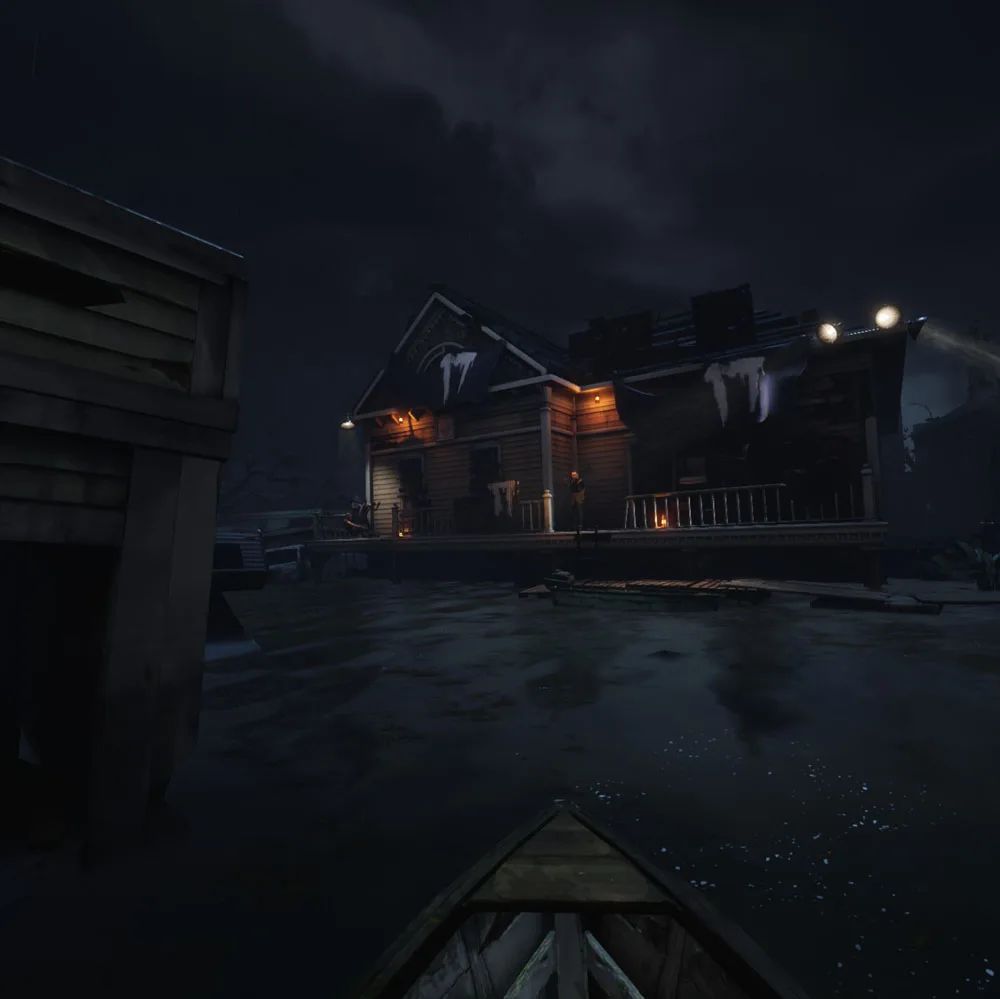VR Wars: The RX 5600 XT, RX 5700 & RX 5700 XT versus the RTX 2060, RTX 2060 Super & 2070 Super Cards Benchmarked Using the Vive Pro
This review is a follow-up to last September’s VR performance evaluation. We now present a twelve-game VR performance showdown using a better and more demanding headset, the Vive Pro. We benchmark using FCAT VR with the Red Devil RX 5700 and the RX 5700 XT Anniversary Edition versus the RX 2060 SUPER and RTX 2070 SUPER Founders Editions as well as the ASUS RX 5600 XT EVO OC versus the RTX 2060 FE.
Since we posted our original review, we have benchmarked up to 20 VR games for our follow-up reviews over the past thirty-two months. We have also compared FCAT VR with our own video benchmarks using a camera to capture images directly from our HMD’s lenses. We also recently compared the RX 5500 XT versus the GTX 1660. For BTR’s VR testing methodology, please refer to this evaluation.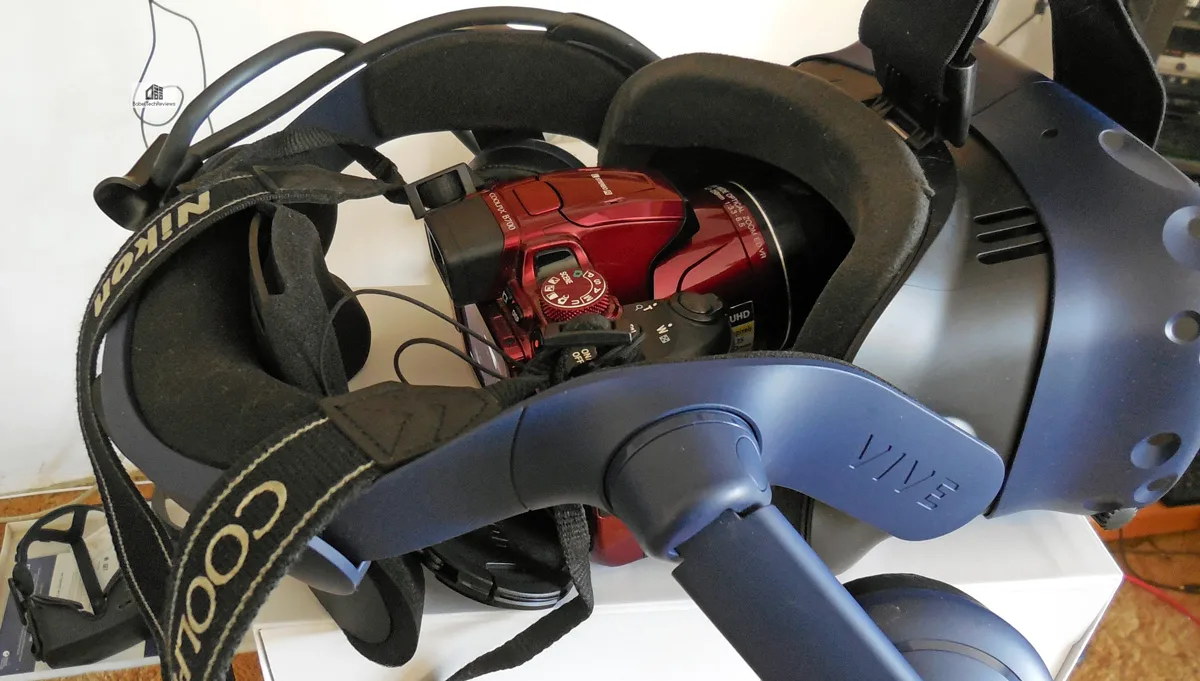
We currently benchmark twelve VR games using the Vive Pro and have recently added Boneworks and The Walking Dead: Saints & Sinners. BTR’s testing platform is an Intel Core i7-8700K at 4.8GHz, an EVGA Z370 FTW motherboard and 16 GB of T-Force XTREEM DDR4 at 3866MHz on Windows 10 64-bit Home Edition. Here are the twelve VR games that we benchmark:
- ARK: Park
- Boneworks
- Elite Dangerous
- Fallout 4
- Hellblade: Senua’s Sacrifice
- No Man’s Sky
- Obduction
- Project CARS 2
- Skyrim
- Subnautica
- The Vanishing of Ethan Carter
- The Walking Dead: Saints & Sinners
It is important to be aware of VR performance since poorly delivered frames can make a VR experience very unpleasant. It is also important to understand how we accurately benchmark VR games as explained here. But before we benchmark our twelve VR games, check out our Test Configuration.
Test Configuration – Hardware
- Intel Core i7-8700K (HyperThreading and Turbo boost is on to 4.8GHz for all cores; Coffee Lake DX11 CPU graphics).
- EVGA Z370 FTW motherboard (Intel Z370 chipset, latest BIOS, PCIe 3.0/3.1 specification, CrossFire/SLI 8x+8x), supplied by EVGA
- T-Force XTREEM 16GB DDR4 (2x8GB, dual channel at 3866MHz), supplied by Team Group
- ASUS RX 5600 XT EVO OC 6GB, at EVO factory clocks, on loan from ASUS
- Red Devil RX 5700 8GB, at Red Devil Factory clocks, on loan from PowerColor
- AMD RX 5700 XT Anniversary Edition 8GB, at Anniversary Edition clocks
- RTX 2060 Founders Edition 6GB, at Founders Edition clocks, on loan from NVIDIA
- RTX 2060 Super Founders Edition 8GB, at Founders Edition clocks, on loan from NVIDIA
- RTX 2070 Super Founders Edition 8GB, at Founders Edition clocks, on loan from NVIDIA
- Two 480GB L5 LTE Team Group SSDs – one for AMD and one for NVIDIA
- 1.92TB San Disk enterprise class SSD
- 2TB Micron 1100 enterprise class SSD
- T-FORCE Vulcan 500GB SSD, supplied by Team Group
- EVGA 1000G 1000W Gold power supply unit
- Cooler Master 240mm CPU water cooler
- EVGA Nu Audio stereo PCIe sound card, supplied by EVGA
- Edifier R1280T active desktop speakers
- EVGA DG-77, mid-tower case supplied by EVGA
- Monoprice Crystal Pro 4K
- Vive Pro, on loan from HTC/Vive
Test Configuration – Software
- GeForce Game Ready 442.50 WHQL drivers
- Adrenalin Software Edition 20.2.2 WHQL drivers
- Unconstrained framerate results show average frame rates where higher is better; Frametime plots show frametimes where lower is better
- Highest quality sound (stereo) used in all games
- Windows 10 64-bit Home edition v1909
- Latest DirectX
- All 12 VR games are patched to their latest versions at time of publication
- FCAT-VR Capture (latest Beta 03/04/20)
- FCAT-VR Beta 18
- SteamVR
12 VR Game benchmark suite & 2 synthetic tests
Synthetic
- VRMark Cyan Room
- Unigine Superposition VR Benchmark
SteamVR /Epic* Platform Games
- ARK: Park
- Boneworks
- Elite Dangerous
- Fallout 4
- Hellblade: Senua’s Sacrifice
- No Man’s Sky
- Obduction
- Project CARS 2
- Skyrim
- Subnautica*
- The Vanishing of Ethan Carter
- The Walking Dead: Saints & Sinners
The Unreal 4 engine is a very popular engine for VR development, and five of our twelve benchmarked games are created with it. The Creation and Unity engines are each used for two games, while the COBRA, No Man’s Sky, and Madness engines are each represented by one game. All of the engines are identified under each game’s description.
It is important to remember that BTR’s charts use frametimes in ms where lower is better, but we also compare “unconstrained framerates” which shows what a video card could deliver (headroom) if it wasn’t locked to either 90 FPS or to 45 FPS by the HMD. In the case of unconstrained FPS which measures one important performance metric, faster is better.
Let’s individually look at our twelve VR games’ performance using FCAT VR. All of our games were benchmarked at 100% resolution as we compare the RX 5600 XT with its rival the RTX 2060, and the RX 5700 and the RX 5700 XT versus the RTX 2060 Super and the RTX 2070 Super.
First up, ARK Park.
ARK Park
ARK Park is a single or multiplayer VR adventure game set in a dinosaur theme park, and it allows gamers to interact with a few of the dinosaurs in ARK: Survival Evolved. The idea is to explore your own “Jurassic Park” with opportunities to study genetics, raise baby dinosaurs from eggs, ride and paint them, and even defend the park against attacking dinosaurs in a wave shooter segment. 
ARK: Park has very few adjustable settings so we benchmark using its highest preset setting.
Here are the performance results of our three competing cards using FCAT VR’s generated chart.
No frames were dropped by any card although the RTX 2060 Super suffered a single Warp Miss.
The RX 5600 XT delivered 70.5 unconstrained FPS and half of its frames were synthesized. The RTX 2060 achieved 112.18 FPS with no synthetic frames.
The RX 5700 delivered 83.54 unconstrained FPS with 43% synthetic frames, and the RTX 2060 Super gave 134.49 FPS without synthesizing frames.
The RX 5700 XT delivered 103.5 unconstrained FPS and although it is above the 90 FPS threshold, it still required 22% of its frames to be synthesized which was noticeable in game. In contrast, the RTX 2070 Super gave 138.59 FPS with no synthetic frames.
Next we look at Boneworks.
Boneworks
Boneworks is a rare game that couples a fair single player campaign with an incredible sandbox and next generation VR physics interactive tour de force. 
Boneworks made on the Unity engine has average to very good visuals and it particularly benefits by allowing for high levels of MSAA up to 8X which we use for benching. We also enable ambient occlusion but setting max shadows will just default back to Medium.
Here are the frametimes.
The competing cards are closely bunched together with good overall performance and no frames were dropped by any card. The RX 5600 XT delivered 121.33 unconstrained FPS and the RTX 2060 achieved 112.33 FPS. Although the RTX 2060 needed 3% of its frames to be synthesized, no other card required Motion Smoothing (formerly called “Reprojection” in SteamVR).
The RX 5700 delivered 144.42 unconstrained FPS and the RTX 2060 Super gave 142.82 FPS.
The RX 5700 XT delivered 159.15 unconstrained FPS and the RTX 2070 Super gave 154.88 FPS.
Let’s check out Elite Dangerous next.
Elite Dangerous
Elite Dangerous is a popular space sim built using the COBRA engine. It is hard to find a repeatable benchmark outside of the training missions.
A player will probably spend a lot of time piloting his space cruiser while completing a multitude of tasks. Elite Dangerous is also co-op and multiplayer with a dedicated following of players.
We picked the Ultra Preset and maxed out the field of view. Here are the frametimes.
No frames were dropped by any card although all cards required synthetic frames.
The RX 5600 XT delivered 49.93 unconstrained FPS and 55% of its frames were synthesized. The RTX 2060 achieved 51.72 FPS with 55% synthetic frames.
The RX 5700 delivered 56.92 unconstrained FPS, and the RTX 2060 Super gave 66.31 FPS. Both cards require 50% synthetic frames.
The RX 5700 XT delivered 66.31 unconstrained FPS and the RTX 2070 Super gave 69.2 FPS, both with 50% synthetic frames.
Let’s continue with Fallout 4.
Fallout 4
Fallout 4 uses the Creation Engine. We benchmark at its highest settings and with TAA.
Here is the frametime plot for Fallout 4.
No frames were dropped by any card although the RTX 2060 Super suffered a single Warp Miss.
The RX 5600 XT delivered 59.42 unconstrained FPS with no dropped frames, and the RTX 2060 achieved 59.91 FPS with one dropped frame and one warp miss. Each card requires 52% of its frames be synthesized.
The RX 5700 delivered 73.14 unconstrained FPS with 3 dropped frames and the RTX 2060 Super gave 70.54 FPS with no dropped frames. Each card require 50% synthetic frames be generated.
The RX 5700 XT delivered 80.02 unconstrained FPS with 49% synthetic frames and the RTX 2070 Super gave 81.46 FPS with 50% synthetic frames. Neither card dropped any frames.
Next we look at Hellblade: Senua’s Sacrifice.
Hellblade: Senua’s Sacrifice
Hellblade: Senua’s Sacrifice is a visually impressive game using the Unreal 4 engine. It is a dark and disturbing game that is far more intense in VR than playing the regular version. We benchmark at the Very Highest settings and with TAA.
Here is the frametime plot for Hellblade: Senua’s Sacrifice.
The RX 5600 XT delivered 94.69 unconstrained FPS and 18% of its frames were synthesized. The RTX 2060 achieved 76.5 FPS with 50% synthetic frames. No dropped frames were reported for either card.
The RX 5700 delivered 104.47 unconstrained FPS with 2% synthetic frames, and the RTX 2060 Super gave 88.04 FPS with 41% synthetic frames. No dropped frames were reported for either card
The RX 5700 XT delivered 117.72 unconstrained FPS and the RTX 2070 Super gave 107.87 FPS, both cards reporting no synthetic frames. The RTX 2070 dropped 1 frame and produced 1 warp miss while the RTX 5700 XT dropped no frames.
Next we will check out another demanding VR game, No Man’s Sky.
No Man’s Sky
No Man’s Sky is an action-adventure survival single and multiplayer game that emphasizes survival, exploration, fighting, and trading. It is set in a procedurally generated deterministic open universe, which includes over 18 quintillion unique planets using its own custom game engine.
The player takes the role of a Traveller in an uncharted universe by starting on a random planet with a damaged spacecraft equipped only with a jetpack-equipped exosuit and a versatile multi-tool that can also be used for defense. The player is encouraged to find resources to repair his spacecraft allowing for intra- and inter-planetary travel, and to interact with other players.
Here is the No Man’s Sky Frametime plot. We set the settings to “Enhanced” which is just above Low and we raised anisotropic filtering from 2x to 16x and upgraded from FXAA to TAA.
We had issues playing No Man’s Sky with our three Radeons. The game would not launch in the HMD with the RTX 5600 XT or with the RTX 5700 XT. When it launched on the RX 5700, it dropped frames instead of reprojecting them, and it provided an overall poor VR experience for us. It is possibly a driver issue with our specific configuration.
The RTX 2060 achieved 74.85 FPS with 50% synthetic frames. No dropped frames were reported for either card.
The RX 5700 delivered 71.22 unconstrained FPS with 50% dropped frames and 4 warp misses.
The RTX 2060 Super gave 76.86 FPS with 49% synthetic frames and the RTX 2070 Super gave 88.57 FPS also with 49% synthetic frames.
Next we will check out another demanding VR game, Obduction.
Obduction
Obduction is considered the spiritual successor to Myst and Riven. It is an adventure game developed by Cyan Worlds using the Unreal 4 engine. There is an emphasis on puzzle solving which get more and more difficult as a player progresses.
Here is Obduction’s frametime plot.
The RX 5600 XT delivered 49.35 unconstrained FPS and 58% of its frames were synthesized. The RTX 2060 achieved 53.09 FPS with 56% synthetic frames. The only card out of the six tested that dropped frames was the RX 5600 XT with 4.
The RX 5700 delivered 55.99 unconstrained FPS with 52% synthetic frames, and the RTX 2060 Super gave 60.07 FPS with 50% synthetic frames.
The RX 5700 XT delivered 62.73 unconstrained FPS and the RTX 2070 Super gave 76.79 FPS, both cards with 50% synthetic frames.
Next we will check out another demanding VR game, Project CARS 2.
Project CARS 2
There is no way to convey the incredible sense of immersion that comes from playing Project CARS 2 in VR using a wheel and pedals. It uses its in-house Madness engine and the physics implementation is outstanding.
Project CARS 2 offers many performance options and settings and we prefer playing with SMAA Ultra.
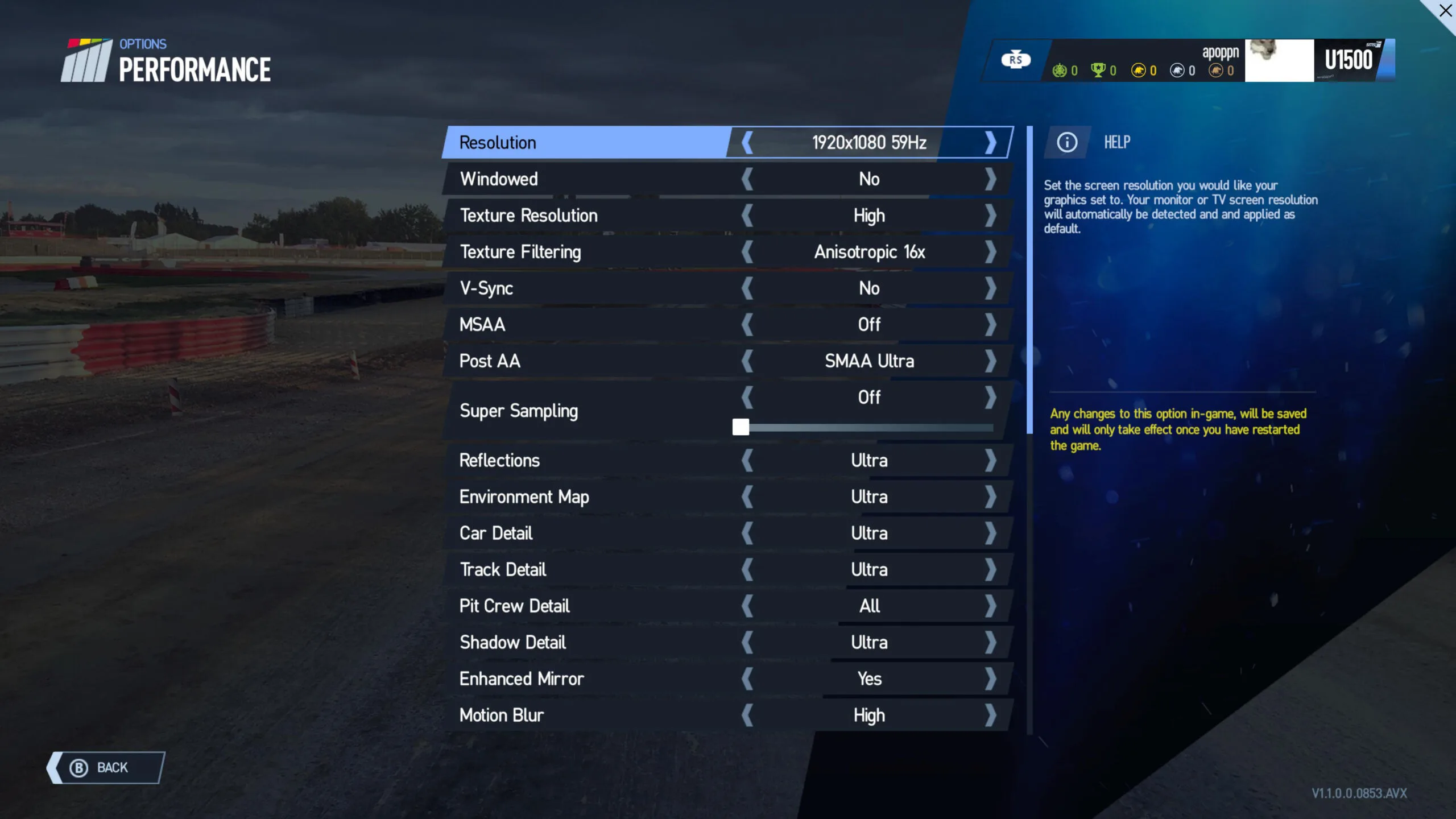
We used maximum settings except for Motion Blur which look best to us on Low. We would also recommend lowering grass and reflections to maximize framerate delivery if necessary as motion smoothing or reprojection tends to cause visible artifacting.
No frames were dropped by any card although the RTX 2060 Super suffered a single warp miss.
The RX 5600 XT delivered 50.75 unconstrained FPS and 57% of its frames were synthesized. The RTX 2060 achieved 49.58 FPS with 62% synthetic frames. No dropped frames were reported for either card.
The RX 5700 delivered 59.55 unconstrained FPS with 50% synthetic frames and no dropped frames, while the RTX 2060 Super gave 57.3 FPS with 51% synthetic frames and 1 dropped frame and 1 warp miss.
The RX 5700 XT delivered 66.95 unconstrained FPS and the RTX 2070 Super gave 69.38 FPS. Both cards required 50% of their frames to be synthesized. Neither card dropped any frames.
Let’s benchmark Skyrim VR.
Skyrim VR
Skyrim VR is an older game that is not as demanding as many of the newer VR ports so its performance is still very good on maxed-out settings using its Creation engine.
We benchmarked Skyrim VR using its highest settings, but we left the resolution at 100%.
No frames were dropped by any card although the RTX 2060 Super suffered a single Warp Miss.
The RX 5600 XT delivered 94.51 unconstrained FPS and 37% of its frames were synthesized. It also dropped 5 frames and produced 5 warp misses. The RTX 2060 achieved 108.67 FPS with 25% synthetic frames plus 1 dropped frame and 1 warp miss.
The RX 5700 delivered 110.42 unconstrained FPS with 2% synthetic frames including 1 dropped frame and 1 warp miss, and the RTX 2060 Super gave 123.41 FPS without synthesizing frames nor dropping any frames.
The RX 5700 XT delivered 122.83 unconstrained FPS and it dropped 3 frames and produced 3 warp misses. The RTX 2070 Super gave 146.94 FPS with 1 dropped frame and 1 warp miss.
Let’s check out Subnautica next.
Subnautica
Subnautica uses the Unity engine. As the sole survivor of a crash landing, the player ventures into the depths of a visually impressive alien underwater world. Here you can explore, craft equipment and build bases, pilot underwater craft, and solve mysteries all while attempting to survive a hostile environment.
We benchmarked Subnautica using its highest settings but we left the resolution at 100%.
The RX 5600 XT delivered 40.61 unconstrained FPS and 69% of its frames were synthesized. The RTX 2060 achieved 41.27 FPS with 68% synthetic frames. There were no dropped frames with either card.
The RX 5700 delivered 50.33 unconstrained FPS with 61% synthetic frames and no dropped frames while the RTX 2060 Super gave 47.57 FPS with 62% synthetic frames and 1 dropped frame and 1 warp miss.
The RX 5700 XT delivered 54.92 unconstrained FPS and 59% of its frames were synthesized although no frames were dropped. The RTX 2070 Super gave 54.16 FPS with 60% synthetic frames and 1 dropped frame and 1 warp miss.
Next up, The Vanishing of Ethan Carter.
The Vanishing of Ethan Carter
The Vanishing of Ethan Carter is built on the Unreal 4 engine and it boasts amazing visuals even on entry-level cards. Although it is considered by some to be a walking simulator, it is also an excellent detective game with great puzzles. Be aware that its style of locomotion tends to make some of its players VR sick.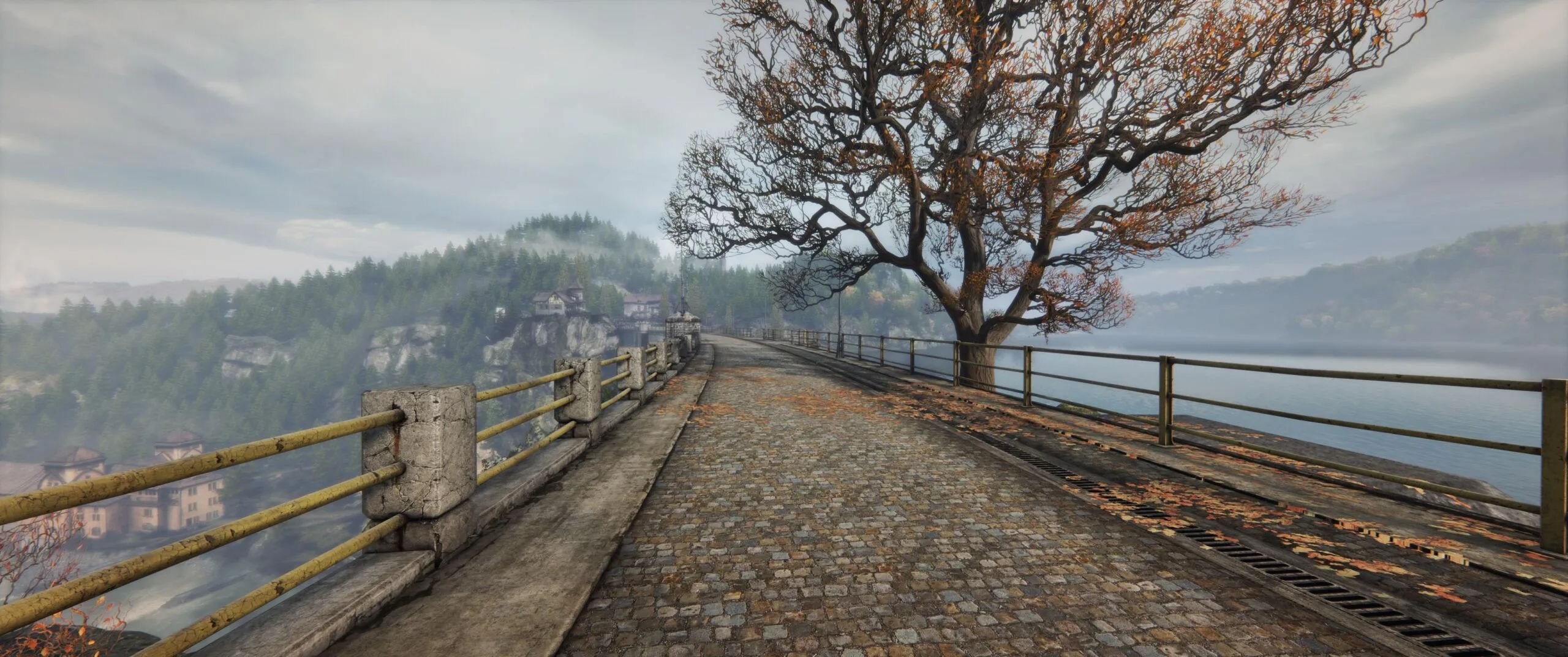
There are just a few in-game graphics options available, so we picked 100% resolution with TAA.
No frames were dropped by any card although the RTX 2060 Super suffered a single warp miss.
The RX 5600 XT delivered 153.76 unconstrained FPS and the RTX 2060 achieved 179.07 FPS with no synthetic frames needed and with no frames dropped from any card we tested.
The RX 5700 delivered 178.92 unconstrained FPS and the RTX 2060 Super gave 204.55 FPS.
The RX 5700 XT delivered 202.58 unconstrained FPS and the RTX 2070 Super gave 233.77 FPS.
When there is performance headroom as in this case, we recommend increasing the resolution multiplier as far as a player’s card can handle without needing to generate synthetic frames.
Last up, The Walking Dead: Saints & Sinners.
The Walking Dead: Saints & Sinners
The Walking Dead: Saints & Sinner is the latest of BTR’s 12 VR game benching suite. It is a first person survival horror adventure RPG with a strong emphasis on crafting. Its visuals using the Unreal 4 engine are outstanding and it makes excellent use of physics for interactions.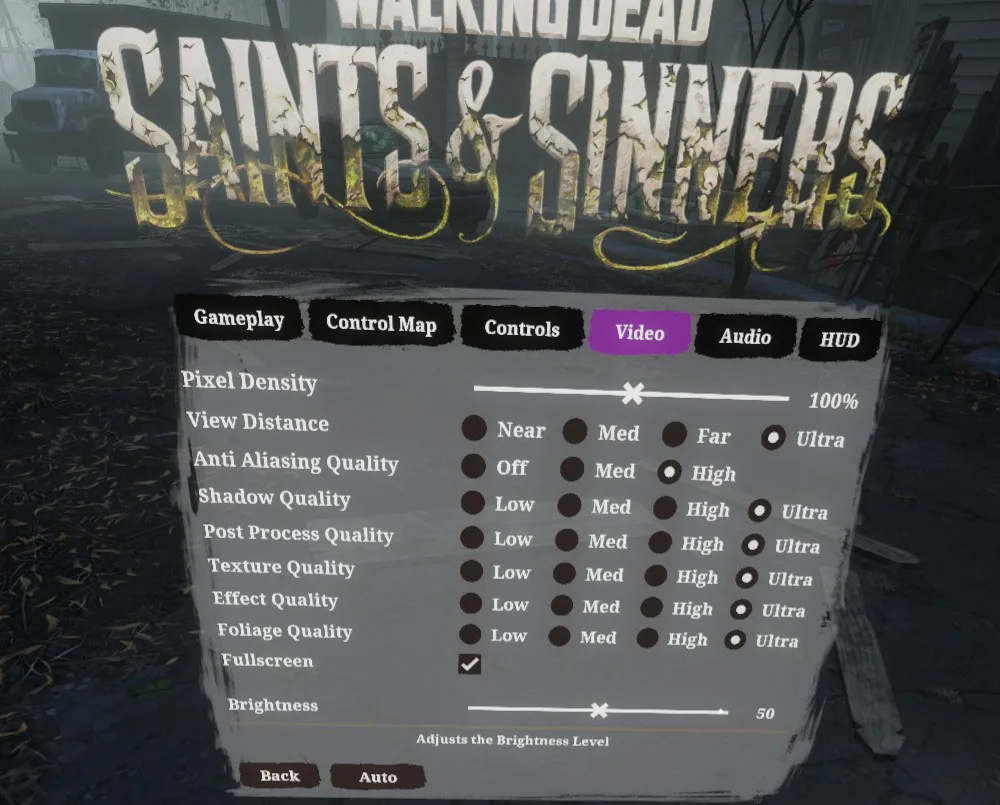
We benchmarked Saints and Sinners using its highest settings, but we left the resolution at 100%.
No frames were dropped by any card although the RTX 2060 Super suffered a single warp miss.
The RX 5600 XT delivered 78.25 unconstrained FPS and half of its frames were synthesized although no frames were dropped. The RTX 2060 achieved 85.75 FPS with 46% synthetic frames generated but with 1 dropped frame and 1 warp miss.
The RX 5700 delivered 104.24 unconstrained FPS with 12% synthetic frames, and the RTX 2060 Super gave 103.61 FPS with 13% synthetic frames and with 1 dropped frame and 1 warp miss.
The RX 5700 XT delivered 117.88 unconstrained FPS, and although it is well above the 90FPS threshold, it still required 2% of its frames to be synthesized. The RTX 2070 Super gave 120.99 FPS with 1% synthetic frames. No dropped frames were reported for either card.
Let’s look at our overall Unconstrained Framerates Chart.
Unconstrained Framerates
The following chart summarizes the overall Unconstrained Framerates of our six cards using twelve test games. Included are two synthetic benchmarks, Superposition (given in average and minimum FPS) and VRMark’s Cyan Room (score). An ‘X’ means the game was not run.
In some games the Turing architecture does better than Navi in VR while in other games the situation is reversed. Navi has significantly improved over Vega and Polaris for VR as our earlier testing shows.
Let’s check out our conclusion.
Conclusion
The RTX 5600 XT and the RTX 2060 are both pretty evenly matched in our VR benchmark suite. Overall, the Radeons have shown performance improvement although there are occasional issues that we still attribute to drivers. The RX 5700 trades blows with the RTX 2060 Super as does the RX 5700 XT with the RTX 2070 Super.
The six cards that we tested cannot generally run most VR games at maximum settings using a Vive Pro or a Valve Index. If a player wants to run maximum settings, then only a RTX 2080 Ti or perhaps a RTX 2080 Super will probably suffice for most games.
For VR gamers that use Turing GeForce video cards, an excellent option for improving the visuals of a game without impacting performance is NVIDIA’s VRSS which is implemented at the driver level for DX11 Forward Rendered MSAA-enabled games. So far, over 30 games are supported including Boneworks and The Walking Dead: Saints & Sinners. Radeons do not support MRS although it anticipated for big Navi.
BTR will continue to benchmark VR performance on Radeon and GeForce cards and we also plan to expand our benching suite. We hope to add DCS in the future, and Half-Life: Alyx has already been pre-ordered together with the Index Controllers. We are considering adding Gorn, The Forest, and Space Pirate Trainer. Please let us know in the Disqus comments below if you would like to see us add these or other games.
Next up, we are going to return to BTR’s RTX Indie game series with a new review.
Happy VR Gaming!
